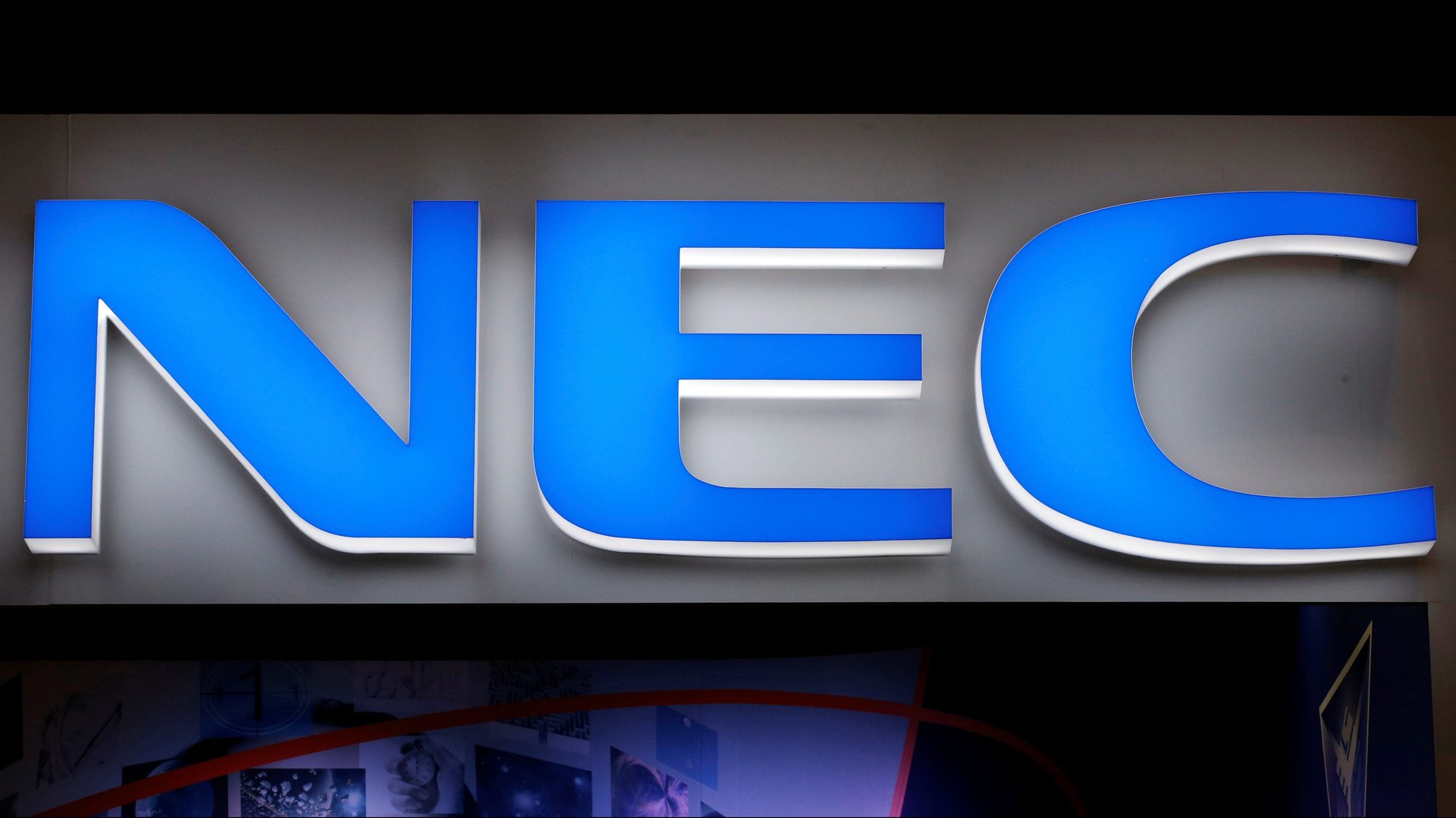The UK is turning to a small, controversial tech alternative to replace Huawei
The UK is well on its way to ridding its telecommunications networks of equipment made by Chinese vendor Huawei, which it believes to be a national security risk. That was the—relatively—easy part. The hard part is what comes next: Finding an alternative. But looking at the release yesterday (Nov. 30) of a highly-anticipated strategy for vendor diversification, the UK government is coming up short.


The UK is well on its way to ridding its telecommunications networks of equipment made by Chinese vendor Huawei, which it believes to be a national security risk. That was the—relatively—easy part. The hard part is what comes next: Finding an alternative. But looking at the release yesterday (Nov. 30) of a highly-anticipated strategy for vendor diversification, the UK government is coming up short.
Huawei has operated in the UK for 20 years and analysts say it supplied competitively priced equipment and services that surpassed the (admittedly slim) competition. As a result it gained large shares, estimated at 44% and 35% respectively (pdf, p. 3), of the UK’s fiber-to-the-property (FTTP) and mobile access (MA) network markets. This is an industry that has consolidated so much over the years that, in Europe at least, it now consists of just two major non-Huawei players: Finland’s Nokia and Sweden’s Ericsson.
But Huawei is also a “high-risk” vendor. The UK believes the company could be compelled by Chinese law to install backdoors into British telecommunications networks, and effectively spy on the UK or sabotage its networks—a charge Huawei denies. After the US imposed sanctions on the company, the UK banned Huawei from its networks entirely and said all its existing equipment must be stripped out by 2027.
However, the alternative to Huawei—relying on just two Nordic vendors, one of which has a shaky history with 5G (paywall)—is “an intolerable resilience risk” for the UK government. So, it’s decided to put its thumb on the scale, based on the idea that “absent intervention it is unlikely that the market will diversify.” As part of its diversification strategy, the UK will partner with Japanese vendor NEC to trial Open RAN, a technology explained below by the Financial Times (paywall):
“Traditional mobile networks rely on radio access equipment—the kit that sits on masts and rooftops used to transmit mobile phone signals—that tightly bundles proprietary hardware with software provided by the biggest groups. However open RAN systems allow networks to chop and change those components and use kit from smaller companies.”
The idea behind Open RAN is to move towards open-source and interoperable networks to reduce dependency on a single vendor. It also promotes the switch from hardware to software, which should reduce maintenance and installation costs.
But analysts say the technology is potentially overhyped. So far, it’s mostly been implemented in rural areas with no legacy equipment, where operators could start from scratch. The leader in this emerging industry is Japanese firm Rakuten, which worked with NEC to implement Open RAN in Japan, the first and so far only major country to have implemented the technology at scale. Other small trials are under way, such as Dish in the US, and Vodafone in the UK (paywall).
Tech research company Gartner recently wrote in a report that “it is too early to plan for wide-scale deployment” of Open RAN but that operators should look into its potential benefits. When Scott Petty, Vodafone UK’s CTO, spoke to Parliament about Open RAN in July, he said (pdf, p. 14) “capability for our bigger cities where the most advanced features, speed, and capacity are required will not be at scale until 2024 or 2025.” Meanwhile, the CEO of BT, which has not invested in Open RAN to the same degree as Vodafone, said he would only be able to deploy it towards “the back end of 2026 or 2027.”
“Open RAN is not magic,” explains Stefan Pongratz, vice president at the Silicon Valley telecoms research group Dell’Oro Group. “It will take time for the technology to mature and for new entrants to gain the expertise, scale, and credibility to compete with…established suppliers like Huawei, Ericsson, and Nokia.”
But Chris Silberberg, a London-based analyst for Omdia, a tech research firm, says some of the criticism of Open RAN may miss the point. It’s overhyped “if you expect [it] to be a panacea.” Instead, he says, the UK’s strategy is a recognition of where mobile networks are headed, which is towards more openness. Seen from that point of view, Open RAN is “perhaps less of a revolution and more of an evolution.” And the UK may soon be leading the charge.
Correction: An earlier version of this article mistakenly stated that Nokia is a Swedish company and Ericsson a Finnish company. It is the opposite.